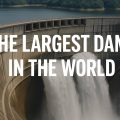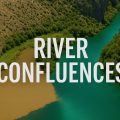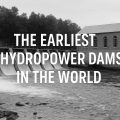The Most Regulated Rivers in the World
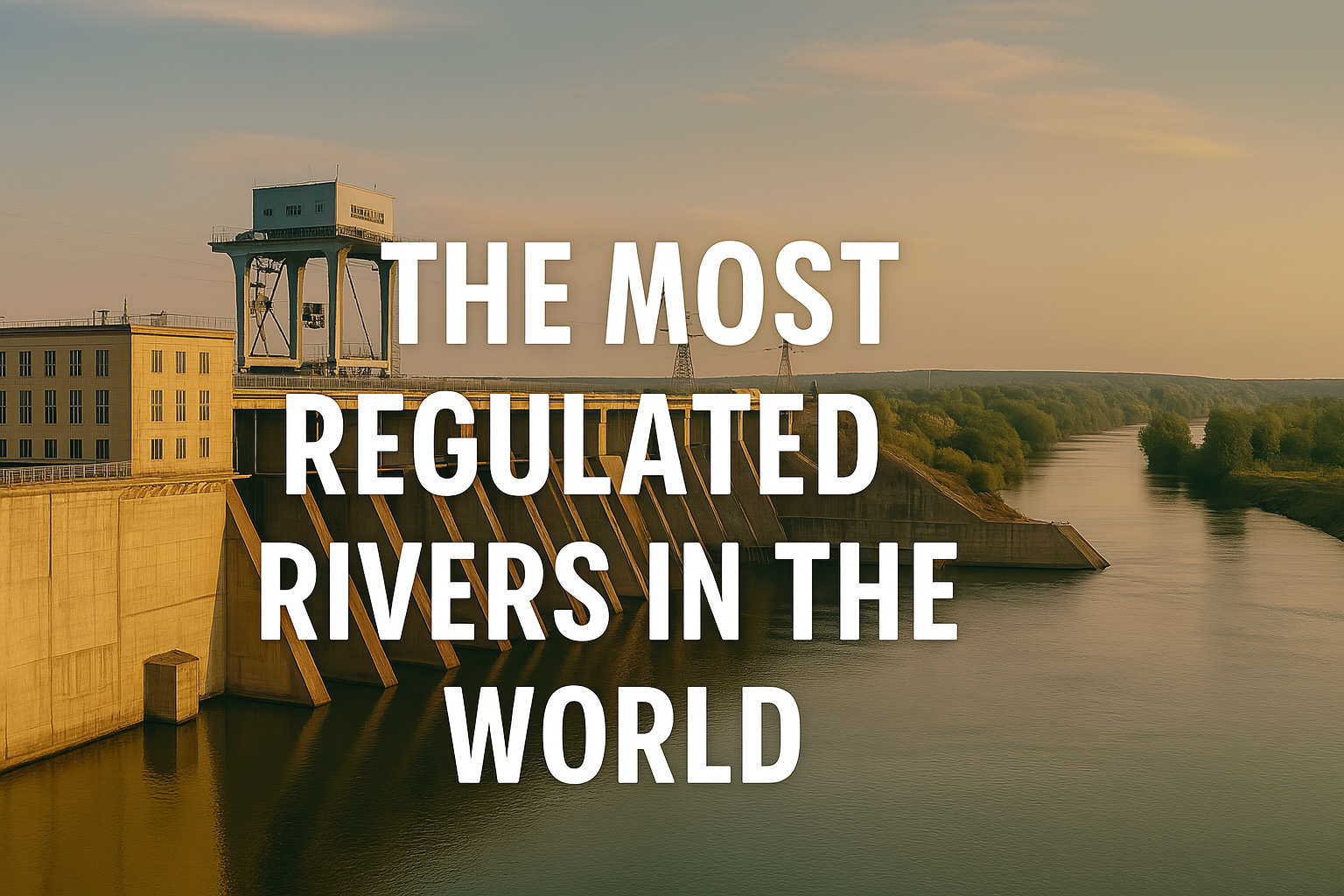
Discover the most regulated rivers in the world—how dams, levees, and reservoirs have transformed natural flows into engineered waterways.
From the cradles of early civilization to the heart of modern cities, river regulation has always played a pivotal role in human development. Ancient societies thrived along the Nile, Tigris, and Yellow River thanks to early efforts to tame their seasonal rhythms. But while early regulation enabled agriculture, trade, and settlement, it is only in the modern industrial and technological age that humans began to radically over-engineer rivers, often to the point of devastation. Today, the most regulated rivers in the world are no longer guided by nature’s pulse—but by an intricate web of dams, canals, and control systems. What began as a tool for survival has become an environmental dilemma. In this post, we explore the rivers most reshaped by human hands—and the consequences that follow.
🏞️ What Makes a River “Regulated”?
A regulated river is one whose flow regime has been significantly altered by human-made infrastructure, such as:
- Dams and reservoirs (hydropower, flood control, irrigation)
- Levees and embankments (flood protection)
- Diversion channels and canals (urban and agricultural supply)
- Flow controls (seasonal releases and hydropeaking)
- River navigation systems, including locks and dredging
- Meander cutting and straightening, where rivers are forced into artificial channels for faster flow or land reclamation
Some rivers are interrupted by hundreds of dams along their length, turning a once-dynamic system into a chain of stillwater pools and calculated discharges.
🧱 1. The Colorado River (USA & Mexico)
One of the most controlled river systems on Earth
- Main infrastructure: Hoover Dam, Glen Canyon Dam, dozens of diversions
- Impact: Rarely reaches the sea; entire delta ecosystem collapsed
- Why it’s regulated: Water supply for 40 million people, agriculture, and hydropower
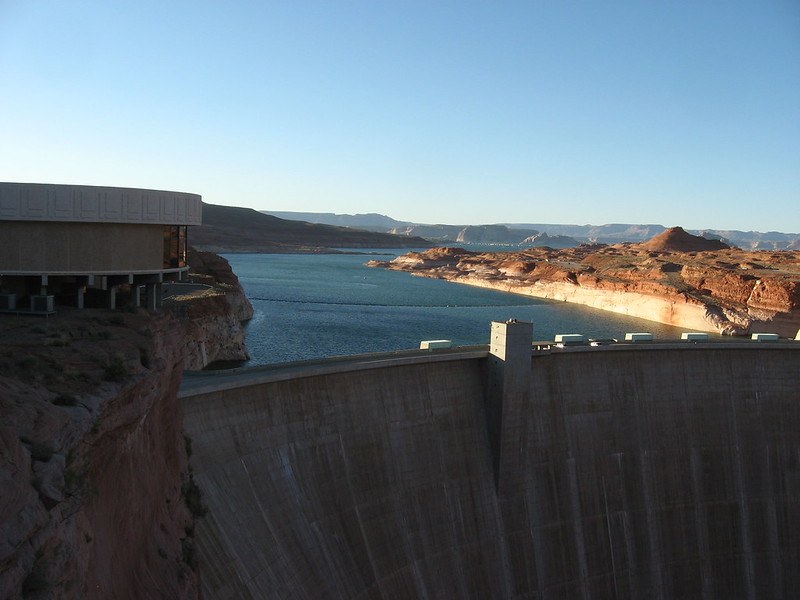
The Colorado River is so regulated that it’s often called a “plumbing system.” Once a wild river that carved the Grand Canyon, it now trickles—or disappears—before reaching the Gulf of California. Every drop is accounted for.
🏯 2. The Yangtze River (China)
Home to the world’s largest hydroelectric dam
- Main infrastructure: Three Gorges Dam, plus 50,000+ smaller dams
- Impact: Altered fish migration, submerged towns, massive sediment trapping
- Why it’s regulated: Energy, flood control, economic development
China’s Yangtze has been transformed into a stairway of reservoirs and turbines. The colossal Three Gorges Dam alone is a symbol of mega-engineering—and environmental controversy.
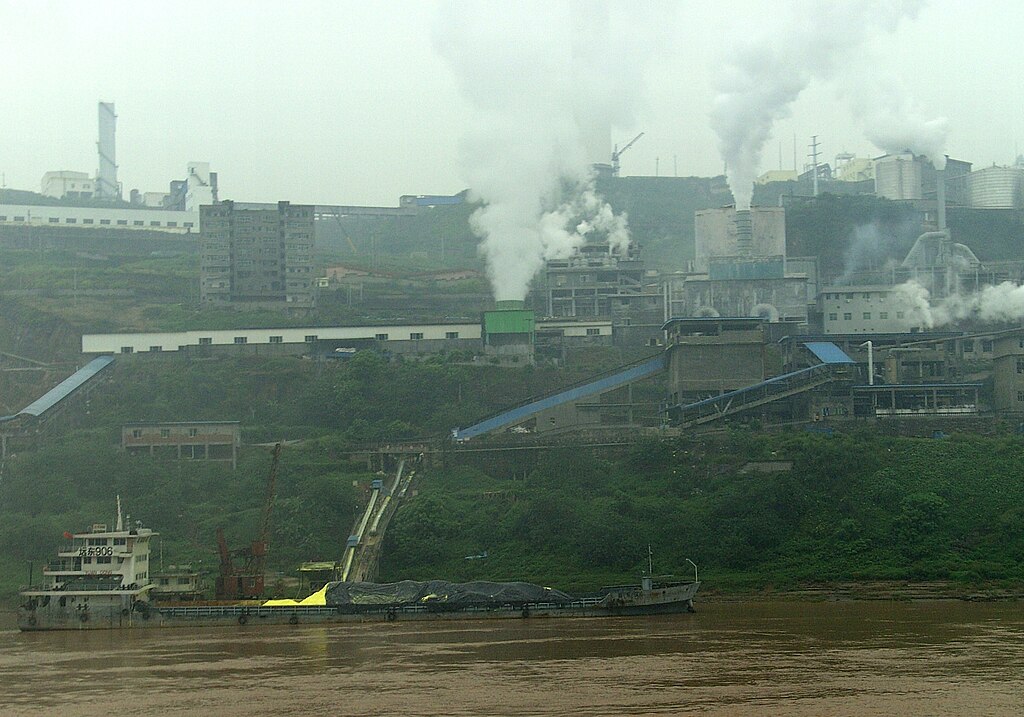
🏜 3. The Nile River (Egypt, Sudan, Ethiopia)
From ancient river to modern battleground
- Main infrastructure: Aswan High Dam, Grand Ethiopian Renaissance Dam (GERD)
- Impact: Delta shrinkage, salinization, political tensions
- Why it’s regulated: Irrigation, hydropower, strategic water supply
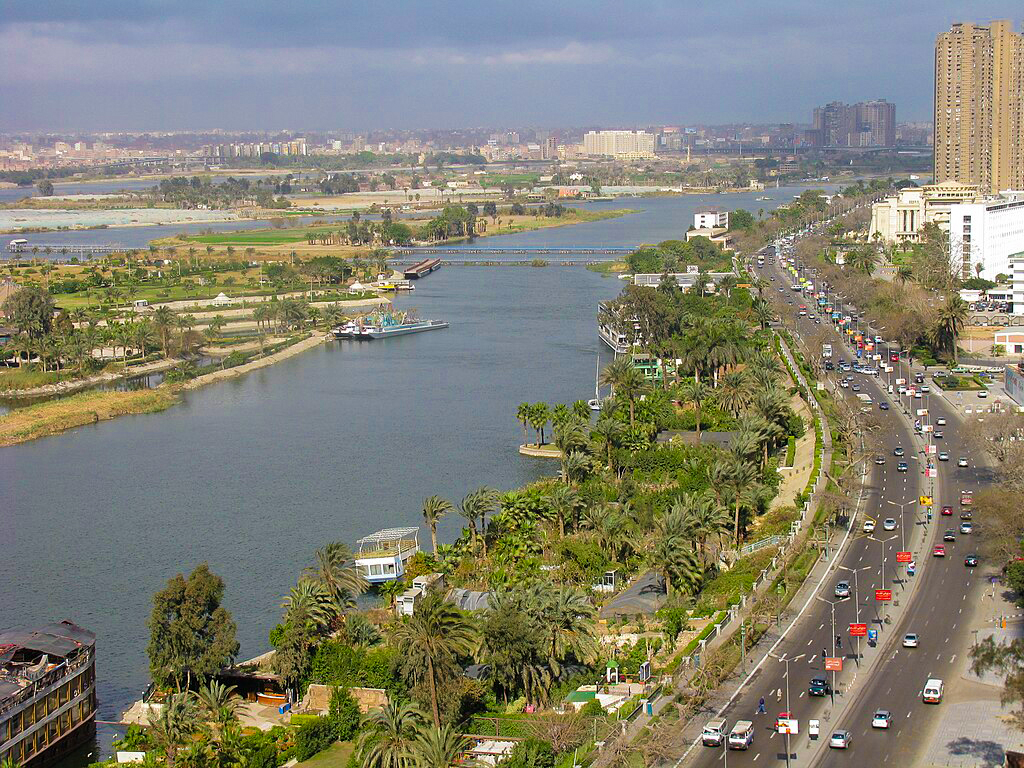
Once the heartbeat of ancient civilizations, the Nile today is locked in a geopolitical web of control and demand. The river’s seasonal rhythms are now overwritten by dam operations far upstream.
🌲 4. The Columbia River (USA & Canada)
A cascade of dams with silenced salmon runs
- Main infrastructure: Grand Coulee Dam, Bonneville Dam, ~400 total dams in basin
- Impact: Blocked salmon migration, altered sediment flow, cultural loss
- Why it’s regulated: Hydropower (over 50% of Pacific Northwest electricity)
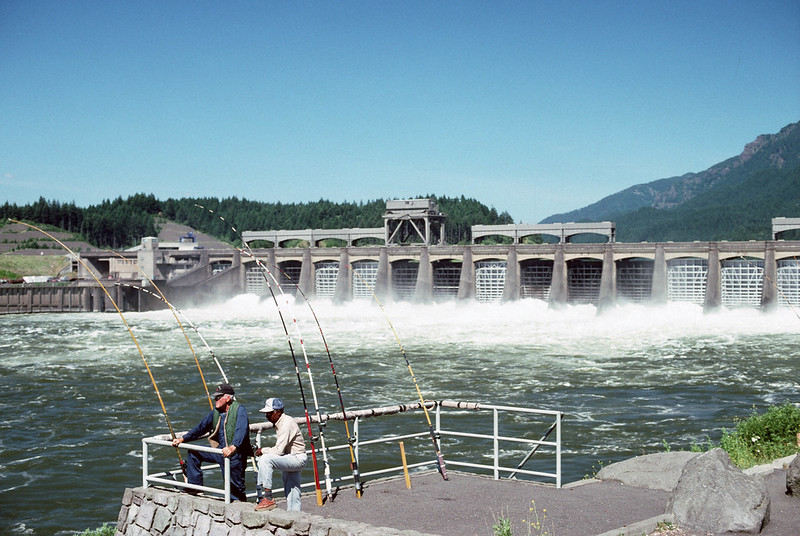
With one of the densest dam networks in North America, the Columbia has been tamed for power and flood control—but at the expense of once-abundant salmon runs and tribal rights.
🐟 5. The Volga River (Russia)
Europe’s most regulated river
- Main infrastructure: 11 major hydroelectric dams
- Impact: Delta degradation, fishery collapse, heavy sedimentation
- Why it’s regulated: Energy, inland shipping, irrigation
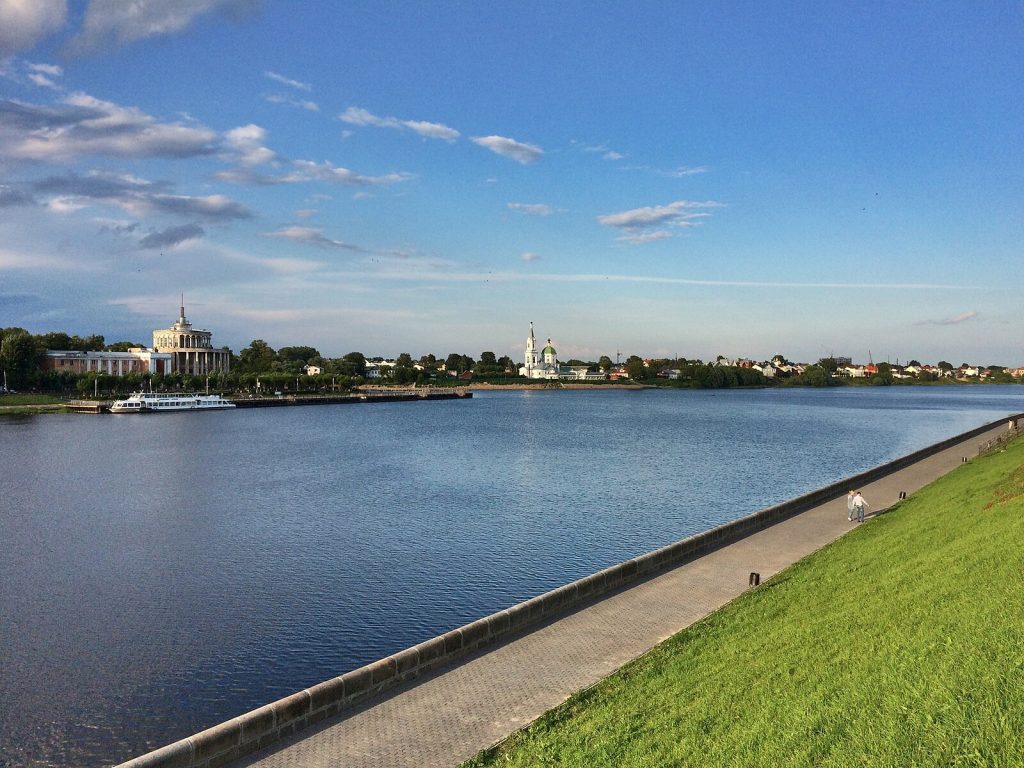
The Volga is a textbook case of Soviet-era river regulation. Its vast basin is strung with dams that have created massive reservoirs—often called “seas”—but have also drowned wetlands and traditional lifestyles.
🌾 6. The Murray–Darling River System (Australia)
Highly engineered for agriculture in a dry land
- Main infrastructure: Weirs, barrages, extensive canal systems
- Impact: River drying, salinity, ecological collapse during drought
- Why it’s regulated: Irrigation for Australia’s farming heartland
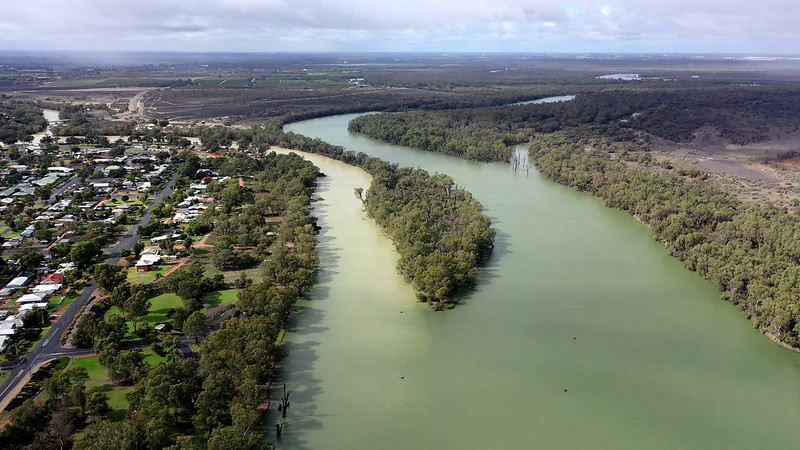
Australia’s largest river system is a fragile lifeline in a parched continent. Regulation has ensured water delivery to crops—but at the cost of floodplain forests and wetland health.
🔁 7. The Yellow River (China)
A river that regularly runs dry from overuse
- Main infrastructure: Multiple dams and massive diversions
- Impact: Riverbed elevation, frequent drying, silt accumulation
- Why it’s regulated: Flood control, agriculture, water transfer projects
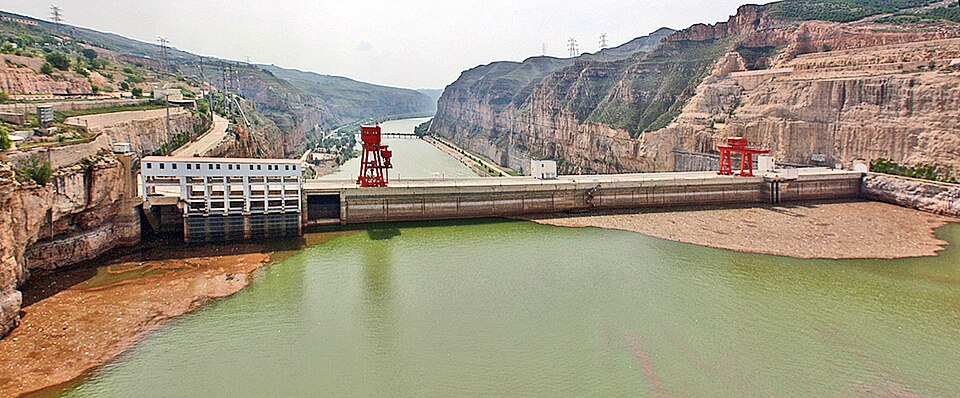
Historically known as “China’s Sorrow,” the Yellow River has seen centuries of flood disasters. Now tamed by colossal dams and embankments, its waters are overdrawn—sometimes failing to reach the sea.
⚠️ The Hidden Costs of Regulation
While dams and control structures have undeniably brought benefits—hydropower, water supply, flood prevention—the downsides are growing clearer:
- 🌊 Loss of free-flowing rivers and their ecosystems
- 🐟 Disruption of fish migration and breeding cycles
- 🧬 Decline in biodiversity and wetland habitats
- 🏞️ Erosion of river deltas, starved of sediment
- 🧑🤝🧑 Displacement of communities and cultural loss
Learn more about the negative impacts of river regulation
As climate change intensifies, some experts are now advocating for river restoration—removing obsolete dams, restoring natural flow, and designing more adaptive water systems.
